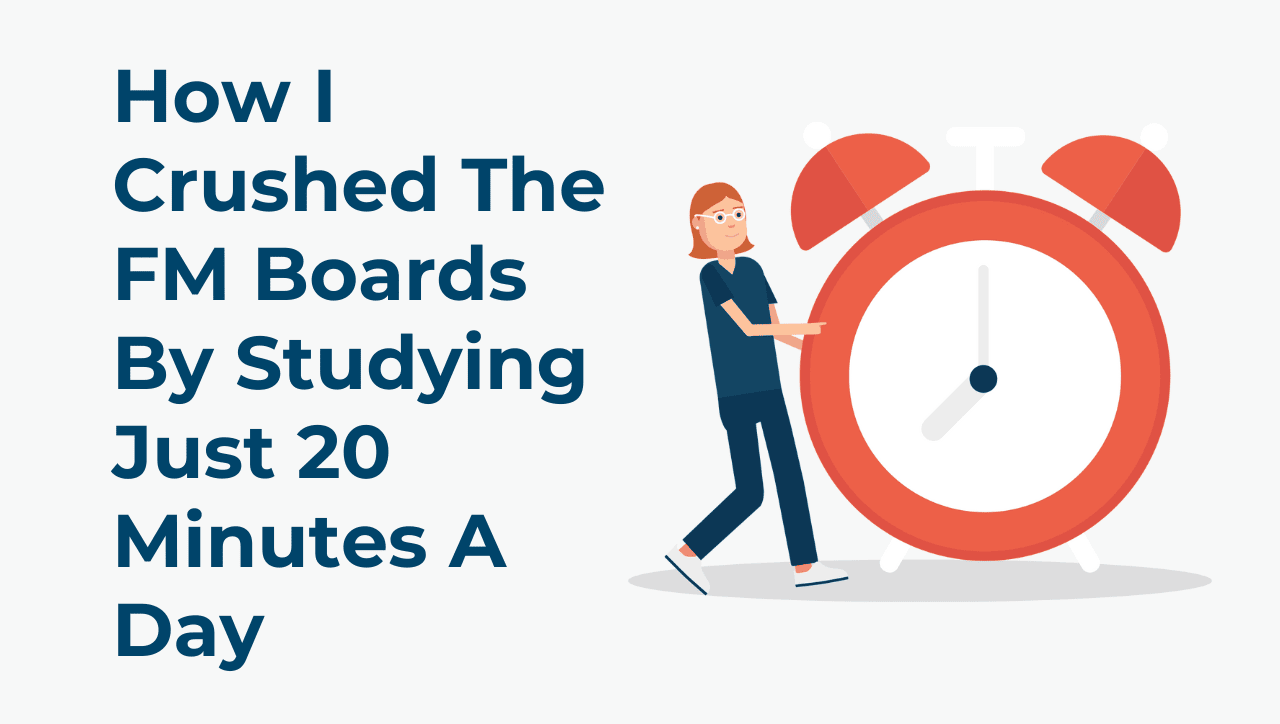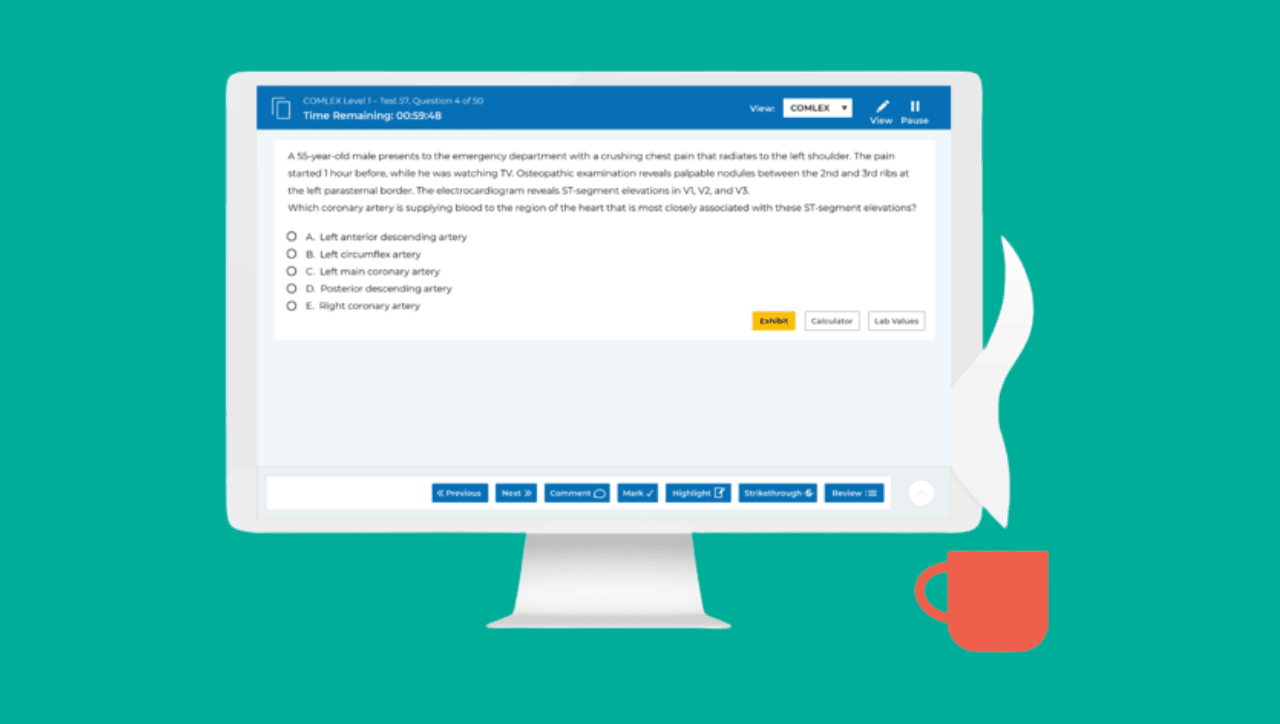Free Family Medicine Sample Questions
See why TrueLearn is a trusted resource for thousands of medical students and residents. At TrueLearn, we understand that it’s all about the content. That’s why we have high-yield family medicine practice questions written and screened by high-performing physician authors that are updated on a regular basis to ensure our SmartBanks stay up-to-date with exam blueprint changes.
Your Free Family Medicine Sample Question
A 3-year-old girl with no significant past medical history presents to an urgent care center with 2-day history of productive cough and fever, following a viral respiratory illness. A chest x-ray reveals a left lower lobe pneumonia. She does not have hypoxemia or signs of sepsis, and is tolerating food and fluids by mouth. She has no known allergies to medications
Which of the following is the best choice for an antibiotic for this patient?
A. High-dose oral amoxicillin
B. Intravenous piperacillin-tazobactam
C. Intravenous tobramycin
D. Oral azithromycin
E. Oral ciprofloxacin
The Answer and Explanation
Did you get it right? The correct answer is A.
This patient has typical bacterial community-acquired pneumonia (CAP), as evidenced by the lower focal consolidation on x-ray and abrupt onset of symptoms. Because she has no known underlying lung or systemic disease, no history of recurrent pneumonia, and tolerates foods/fluids, this child can be treated as an outpatient.
For children aged 60 days up to 5 years, amoxicillin is the general drug of choice because it is effective against most of the common causative organisms of CAP, including S. pneumoniae, is tolerated well by children, and relatively low-cost. High-dose amoxicillin is suggested at 90 to 100 mg/kg per day divided into two or three doses; maximum dose 4 g/day. The higher dose amoxicillin is preferred because of the concern for antibiotic-resistant S. pneumoniae isolated from patients with community-acquired respiratory tract infections.
Incorrect Answer Explanations
Answer B: This patient can be treated with oral antibiotics as an outpatient, and piperacillin-tazobactam is not the first-line antibiotic for inpatient treatment of CAP in children. In non-critically ill patients that are admitted for inpatient management cefuroxime would be the first-line choice.
Answer C: This patient can be treated with oral antibiotics as an outpatient, and tobramycin is not the preferred antibiotic for inpatient management of CAP. In non-critically ill patients that are admitted for inpatient management cefuroxime would be the first-line choice.
Answer D: Oral azithromycin is preferred in children with atypical CAP between ages 5 and 16 years or in younger children that are allergic to penicillins/beta-lactams.
Answer E: Ciprofloxacin, a fluoroquinolone, is not generally recommended for pneumonia, as it does not localize to the lungs well.
Bottom Line: The first-line outpatient treatment for typical bacterial community-acquired pneumonia in children aged 60 days to 5 years of age is high-dose amoxicillin.
For more information, see:
Stuckey-Shrock, K et al. Community-Acquired Pneumonia in Children. Am Fam Physician. 2012 Oct 1;86(7):661-667.


